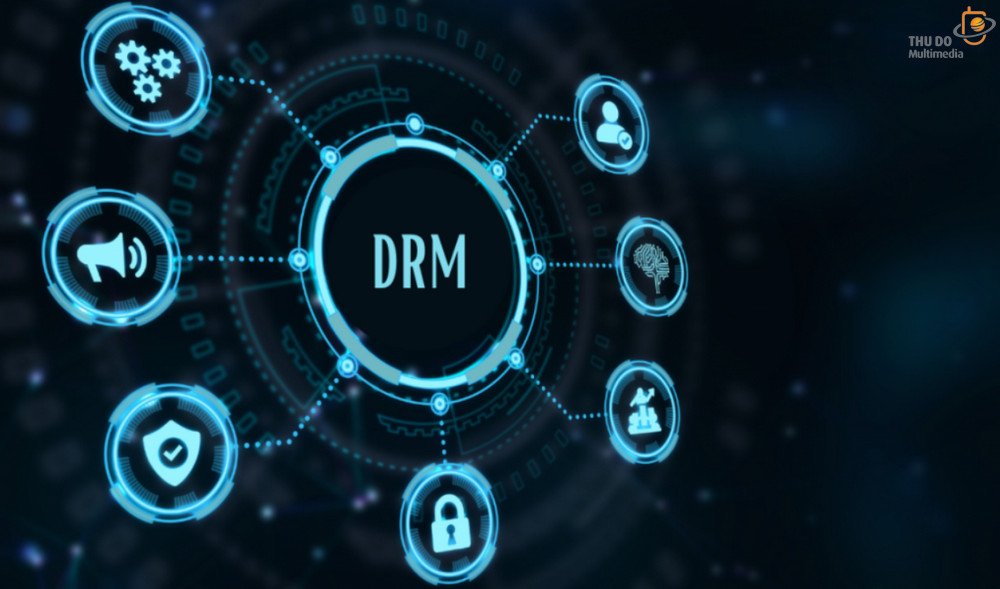What Adverse Consequences Arise From Cybercrime? In an age where the internet and its interconnected devices play an increasingly central role in our lives, we find ourselves becoming more dependent on this digital realm. This significant shift has yielded various benefits across numerous sectors, although it is not without the looming threat of cybercrime.

It has enhanced the convenience, cost-effectiveness, and security of online purchases, revolutionized long-distance communication, and hastened the dissemination of information. Nevertheless, the escalating dependence on the internet has concurrently spawned a menacing specter: cybercrime. Globally, cybercriminals and hackers exploit the exchange of information and online transactions, posing a substantial threat to individuals and businesses, irrespective of the scale of their online presence.
In this extensive article, we will explore the multifaceted realm of cybercrime. We will delve into the scope of cybercrime, its potential impact on businesses, and effective strategies for safeguarding your enterprise against these digital threats. Our exploration will encompass
What is consequences arise from cybercrime?
The term ‘cybercrime’ acts as a broad category, covering a diverse range of criminal activities conducted through the internet, often facilitated by electronic devices like computers connected to the web. These cybercrimes take on different forms and present varying levels of risk
The driving forces behind cybercrimes
The predominant motivation fueling most cybercrime endeavors is financial gain. Although some cyberattacks are driven by the sole purpose of causing harm to digital assets or devices for political or personal reasons, such incidents are relatively rare. Cybercriminals utilize a diverse array of schemes and techniques to monetize their illicit activities. A few examples include:
Extortion
Cybercriminals may capture vital or sensitive data and demand a ransom for its release. Modern cybercriminals employ tactics like ransomware or structured Distributed Denial of Service (DDoS) attacks to extort victims.
Phishing
Cybercriminals seek to obtain sensitive information by impersonating well-known individuals or brands. This cybercrime form typically entices unsuspecting victims into disclosing personal information. The stolen data can be monetized in various ways, such as making unauthorized purchases using stolen credit card information or selling personally identifiable or sensitive data to third parties.
This list offers insight into the strategies cybercriminals use to initiate and profit from their attacks, although it is not exhaustive.

Various manifestations of cybercrimes
The U.S. Department of Justice classifies cybercrimes into three primary types:
Criminal Activity Targeting Computers: This involves infecting devices with malware.
Criminal Activity Utilizing Computers
Criminals use computers to commit other crimes, such as sending spam emails containing links to phishing sites.
Criminal Activity Where Computers Serve as Accessories to Crimes
In this scenario, computers are used in conjunction with other criminal activities, such as storing stolen credit card information.
Cybercriminals may engage in one or more of these activities simultaneously. For example, a cybercriminal might infect a computer with malware, gain control of it, and subsequently use the compromised computer to launch a DDoS attack against another target.
Examples of Cybercrime Activities
Every day witnesses a multitude of distinct cybercrime activities, with new methods and technologies continually emerging. Here are some noteworthy examples:
Phishing
Among the most prevalent cybercrimes, it involves the fraudulent impersonation of reputable entities or individuals to deceive victims into revealing personal or sensitive information. Phishing is not confined to email; it can also occur through other communication channels like text messages and social media direct messages.
Spear Phishing
A targeted form of phishing directed at specific individuals, often involving extensive research on the victim to craft convincing attacks.
HTTPS Phishing
Cybercriminals employ fake HTTPS websites, primarily through email, to trick users into sharing sensitive information.
Pharming
A technique redirecting users from intended websites to malicious ones, often initiated by malware infections.
Malware Infection
Malware takes various forms, including computer viruses, Trojans, and worms. These malicious programs can modify or damage files, replicate themselves, or open backdoors for cybercriminals.
Data Breach
This umbrella term covers multiple cybercrimes aimed at illicitly accessing confidential or sensitive information.
Cybersquatting
Cybercriminals register and exploit domain names resembling those of legitimate businesses or individuals to profit from them, often by selling them at exorbitant prices.
DDoS Attacks
Denial of Service (DoS) attacks aim to disrupt internet services, while Distributed Denial of Service (DDoS) attacks involve multiple unwitting computers overwhelming a target with requests.
Cryptojacking
A relatively recent cybercrime, involving the hijacking of computer resources for cryptocurrency mining.
Cyber Espionage
Attackers clandestinely obtain data from businesses or individuals without consent, often via hacking.
Potential Hazards and Consequences of Cybercrime on Businesses
Cybercrime historically posed a greater threat to larger enterprises with prominent online footprints. However, recent trends suggest a shift towards targeting smaller businesses and organizations, taking advantage of their comparatively weaker security infrastructure. As a result, no entity is immune: while large corporations continue to be lucrative targets, smaller businesses and even individuals now face significant risks
Here are some of the critical adverse repercussions that cybercrime can inflict on businesses:
Disruption of Service or Operations
Cyberattacks, such as DDoS and malware infections, can cause significant disruptions to daily business operations, resulting in not only revenue losses but also potential harm to brand reputation. Hacktivist groups, in particular, may target organizations to protest perceived wrongdoings.
Financial Repercussions
Cybercrimes can lead to severe financial consequences, including the loss of customer trust, competitive disadvantages due to leaked pricing strategies, indirect financial impacts from operational disruptions, extortion through ransomware, and expenses associated with hiring legal and cybersecurity experts. For instance, Home Depot incurred a $13 million Settlement Fund in 2014 due to the theft of 50 million credit card records.
Stolen or Infringed Intellectual Property
Certain cybercrimes aim to pilfer or violate a business’s intellectual property, such as domain squatting, which involves registering domains mirroring legitimate ones before the actual trademark holders can do so. Many businesses now store intellectual property in the cloud, making it vulnerable to cyberattacks.
Forced Changes in Business Practices
The threat of cyberattacks or actual breaches can compel businesses to alter their daily operations, adapting to factors such as data breach threats or legislative changes like the General Data Protection Regulation (GDPR). Consumers’ growing concern for security also forces businesses to prioritize trust-building.
Reputational Damage
Businesses can suffer long-lasting or permanent damage to their reputations following cybercrimes. Studies indicate that compromised companies may witness share price drops, and customers tend to trust affected businesses less, often ceasing transactions with them altogether.
As an illustration, a report from Comparitech in 2021 disclosed that companies experiencing security breaches saw an average drop of 3.5% in their share prices.
Protecting Your Business Against Cybercrimes
To safeguard your business against the ever-evolving landscape of cybercrimes, consider adopting the following best practices:
Keep Everything Updated
Regularly update software and operating systems, including robust internet security solutions like antivirus software. Cybercriminals frequently exploit known vulnerabilities, making updates crucial for defense.

Use Strong and Unique Passwords
Employ lengthy, complex passwords composed of letters, numbers, and symbols. Avoid reusing passwords across different sites and change them periodically. Password management solutions can assist in generating and managing strong, unique passwords.
Utilize Reliable Security Solutions
Given the diversity of cybercrimes targeting businesses, invest in comprehensive security software solutions, including:
- Reliable antivirus and anti-malware software with AI-driven behavioral detection.
- Bot detection and mitigation to safeguard against malicious bots.
- Real-time Brand Protection Solutions for detecting trademark and copyright infringements and automating takedown requests.
Educate and Train Your Employees
Your business’s security is only as robust as its least informed personnel. Integrate cybersecurity training into employee onboarding and consistently update it to address emerging threats. Give particular focus to fostering awareness of phishing and developing effective response strategies.
Considering the Future
Cybercrime is no longer confined to large enterprises; smaller businesses and individuals are equally vulnerable. It is imperative for everyone to take steps to protect themselves from cybercrime, given its potentially far-reaching consequences. By implementing the actionable tips outlined above, you can establish a robust foundation for safeguarding your business and yourself from the dangers of consequences arise from cybercrime.


Recent Comments